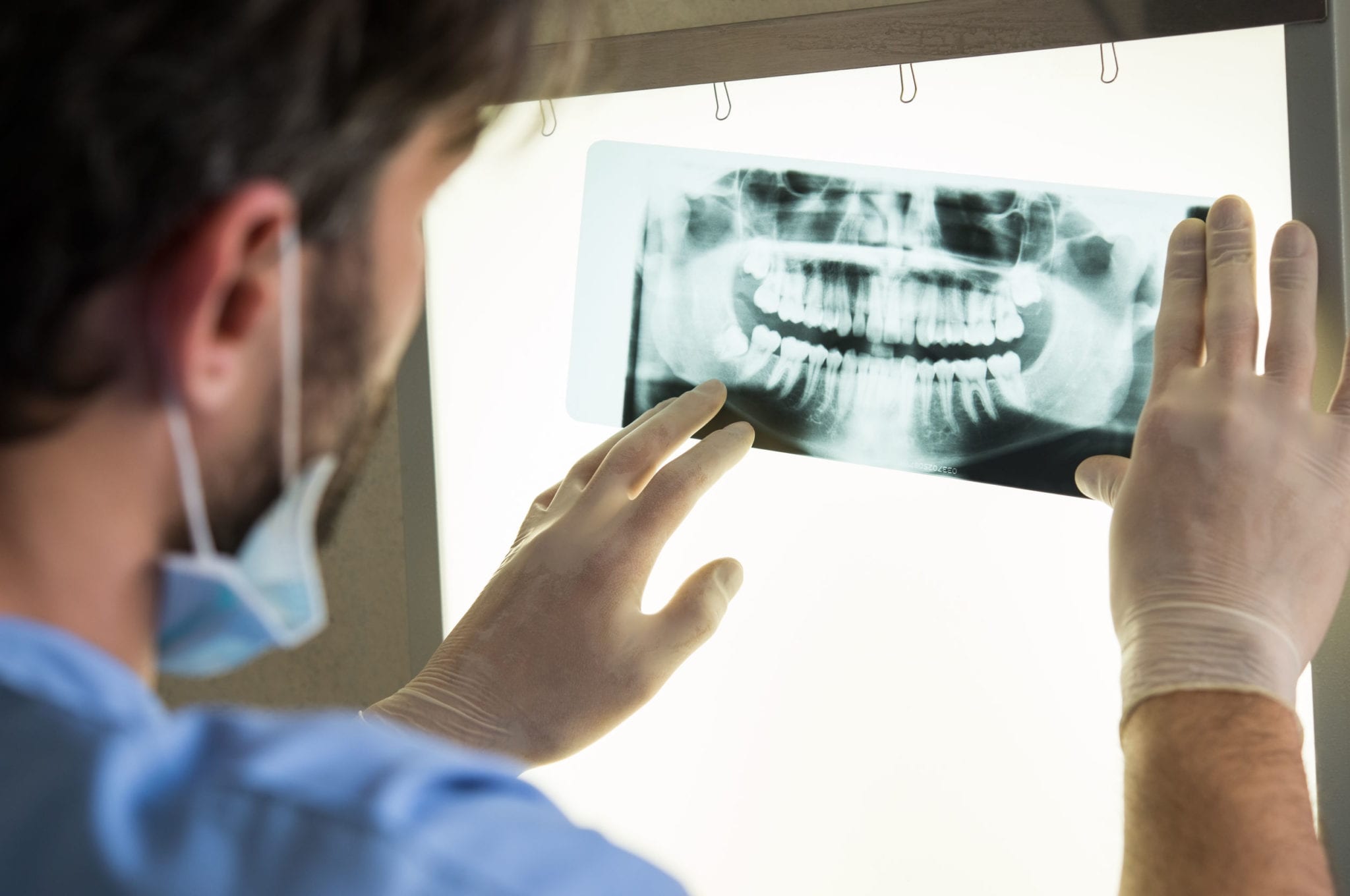
Patients today have a ton of options for repairing chipped, cracked, or discolored teeth.
So which one is right for you?
There are considerations to make when evaluating each one — costs, the durability of the repair, recovery time, etc. Procedures that require anesthesia are painless but could take up a whole morning or afternoon. Others may put a dent in your wallet, but provide your best smile for years to come.
If you’re looking for a quick fix to help you smile with confidence again, consider cosmetic tooth bonding. This procedure is not the best solution for every case, but when you’ve got a cracked tooth, it can be a great option.
What Is Cosmetic Tooth Bonding?
Cosmetic tooth bonding repairs chipped, cracked, or discolored teeth with composite resin. Dentists can also use cosmetic tooth bonding to fill gaps or small cavities that may make patients insecure.
Cosmetic tooth bonding is a relatively simple procedure that doesn’t require patients to “go under” with anesthesia.
First, patients often choose (with guidance, of course) what color resin they want for their new tooth. The dentist will then make the surface of the tooth rough and apply the resin on top.
As the resin dries, the dentist shapes the new tooth to make it blend in with the rest of the patient’s teeth. The tooth is then fully dried with the help of ultraviolet light.
That’s it! The patient has an improved smile thanks to cosmetic tooth bonding.
Why Patients Choose Cosmetic Tooth Bonding
If the explanation of this procedure wasn’t enough to sway you, here are three more reasons patients often choose tooth bonding over other options for tooth repair…
#1: There’s Zero Prep Time for a Tooth Bonding Procedure…
…and no follow-up appointments. Everything is done in one visit! Other procedures often require multiple trips so that the dentist can make molds and ensure that your new teeth will fit perfectly in your mouth.
#2: Cosmetic Tooth Bonding is a Quick Fix
You’ll be in and out of the dentist’s office within an hour and a half. Patients do not need to undergo anesthesia for cosmetic tooth bonding, which cuts recovery time significantly. A cosmetic tooth bonding in the morning doesn’t require you to take the rest of the day off.
#3: This Dental Procedure is Inexpensive
Cosmetic tooth bonding is a fairly affordable procedure. Costs top off at about $600 per tooth. Compared to other options, that’s not a terrible price.
Of course, we did note this isn’t the right option for every tooth repair, so before you run to schedule your appointment, read on. We want to share some of the disadvantages of cosmetic tooth bonding as well…
Disadvantages of Cosmetic Tooth Bonding
Cosmetic tooth bonding is far from the only procedure that will help to repair a cracked tooth. In fact, it can be the wrong choice for someone who is a little more rough with their teeth and/or prefers a more durable option.
If You Have Tooth Decay, You Can’t Have a Tooth Bonded
Cosmetic tooth bonding can fix a chipped tooth, but it can’t fix a decayed one. It can cover a small cavity, but not a large one. If your tooth has undergone decay or more severe damage, consider other options.
Composite Resin Isn’t the Strongest Material.
Unfortunately, due to its pliability compared to other materials like porcelain, you might end up chipping your newly bonded tooth at some point. Composite resin may also undergo discoloration if you smoke or drink coffee frequently. These things can be frustrating.
Maintenance is fairly simple after receiving cosmetic tooth bonding, but you do have to be careful about chewing on ice or pens after the procedure, as well.
This Material Must Be Replaced Periodically
When you choose cosmetic tooth bonding, you won’t have to go back to the dentist for an immediate follow-up, but you will have to go back to the dentist to replace the bonding altogether.
Cosmetic tooth bonding procedures must be repeated every 5 to 10 years. That is if you don’t chip it before then. If these scenarios sound familiar, looking into alternatives will be your best tooth repair solution.

Alternatives to Cosmetic Tooth Bonding
For some, cosmetic tooth bonding sounds like the perfect fix to a chipped tooth or one that has a bit of a stain. For others, cosmetic tooth bonding doesn’t sound like “enough.” Luckily, there are many options for repairing teeth that patients can explore.
Crowns
If you have a larger cavity or broken tooth, you might want to consider getting a dental crown. A crown covers the entire tooth rather than just filling in some gaps or covering up imperfections.
Veneers

Veneers are another option. They sit on top of the tooth, but are made with a porcelain that is stronger than composite resin. If you are a big coffee drinker or have a habit of chewing on ice, veneers may be the better choice for you.
Talk to your dentist about how you can fix imperfections in your smile with cosmetic tooth bonding or other similar procedures.






